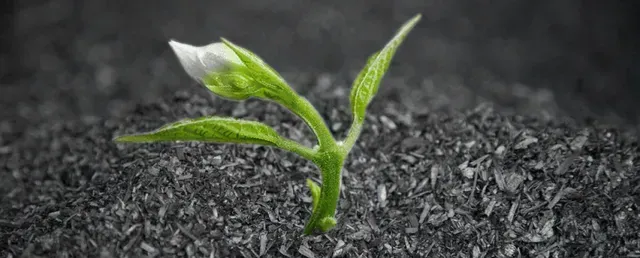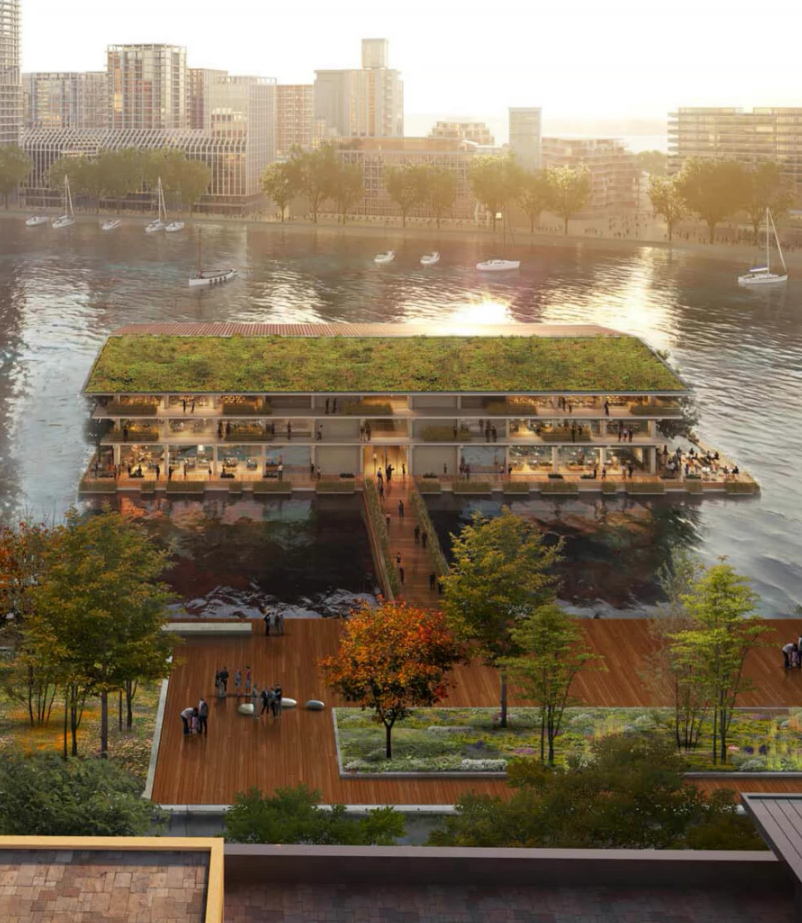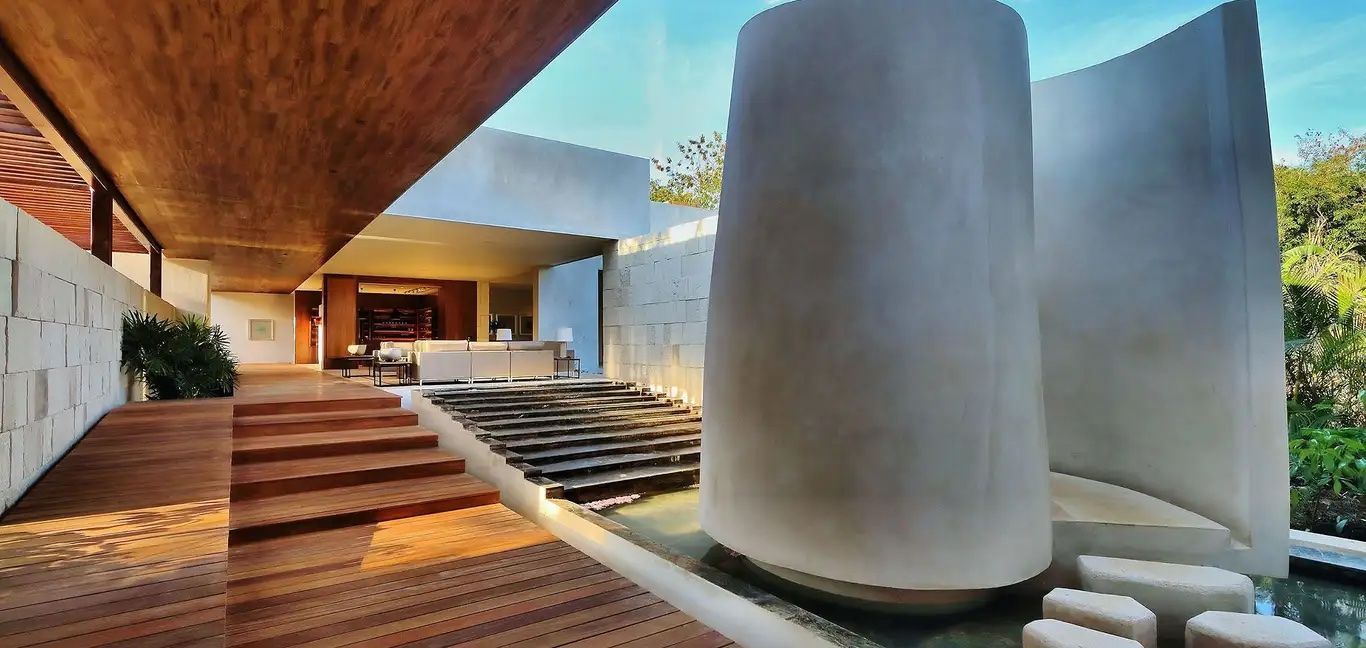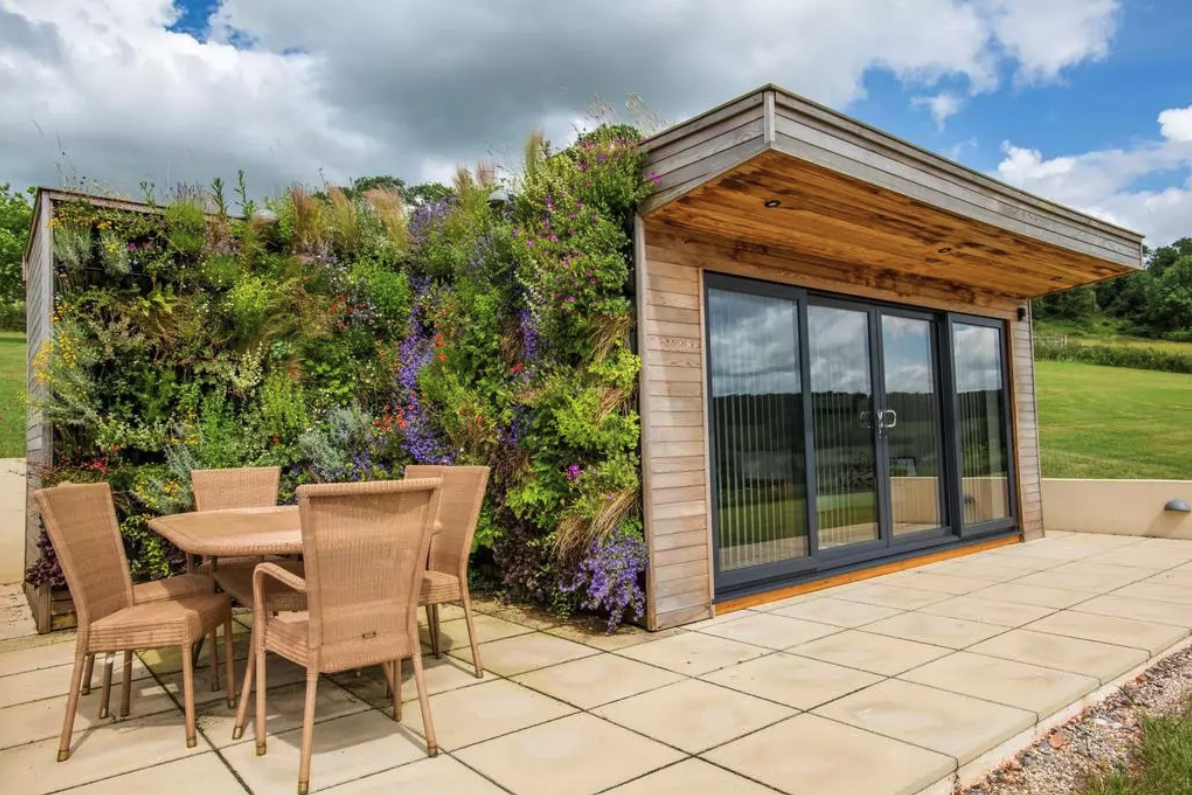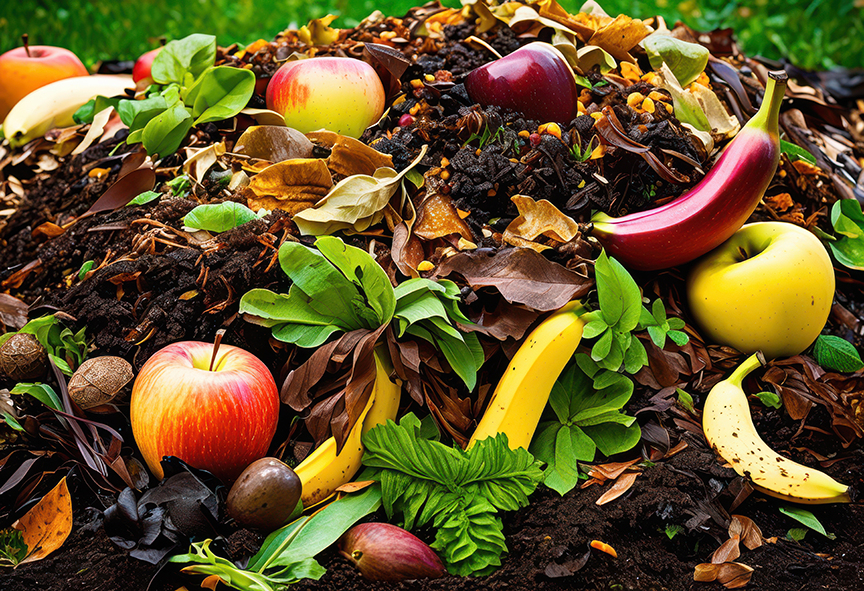Next Gen Eco Materials 7 - Biochar

What is Biochar?
When exploring Brazil’s Amazon basin in the 1960s, Dutch scientist Wim Sombroek found large amounts of black soil which seemed to provide exceptional nutrition. It contained high levels of phosphorous, nitrogen, potassium and plant matter, but importantly it also contained high quantities of black carbon.
The 'black soil' proved to be incredibly fertile and so prized by local farmers, but also turned out to be an effective storehouse for carbon and can safely hold onto the element for a hundreds of years.
Biochar, as it is now commonly known, is a carbon-rich soil created when organic materials decompose via heat in oxygen-deprived conditions. In the last two decades, it has received increased attention both as a means of enhancing soil fertility but also sequestering CO2. The possibility has been suggested of capturing more than one billion metric tons of CO2, the equivalent of several percentage points of worldwide emissions, by incorporating biochar into the soil.
As well as binding biochar into our soil, global scientists and researchers have also been experimenting with incorporating biochar into building materials. Considering that biochar represents a one-to-one ratio of CO2 emissions reduction meaning that for each tonne of biochar employed in buildings, one tonne of CO2 is kept out of the atmosphere, it could be an incredible tool in our climate toolbox.
Biochar can be used almost exactly as sand is currently used, with biochar-based clay and lime plasters being easily produced in which black carbon comprises up to 80% of the material. Not only is it an incredible carbon storage, but biochar also has high porosity, so the resulting plaster is five times lighter than standard. It exhibits good insulation, humidity-regulation, and electromagnetic radiation-mitigation properties, all of which enhance a building’s interior climate. If a building is eventually demolished, its biochar-based plaster may be reincorporated in the soil as a compost supplement, extending its carbon-trapping capacity.
Compelling prototypes of biochar bricks, roof tiles and insulation are being created around the world. Biochar rich materials can also be used to build green walls and roofs, and could take on a new role once a building reaches the end of its useful life. Imagine instead of using special landfill sites for getting rid of building materials, instead seeing crops growing on the the fertile redistributed remains of demolished buildings.
